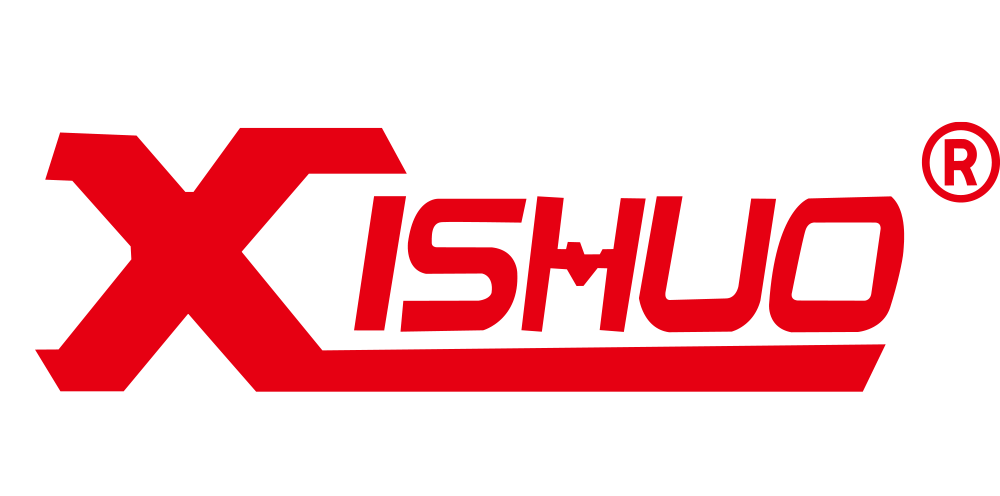Xishuo|M.2 SSD pros and cons
Benefits of using an Xishuo M.2 SSD include the following:
Size and capacity. In a laptop, an M.2 SSD takes up far less space and uses much less power than a standard SATA or Serial-Attached SCSI (SAS) interface solid-state drive. However, if massive storage capacity is required in a mobile device, other form factors will likely be a better fit.
Performance. An M.2 SSD based on the NVMe specifications, for example, can read and write at much faster rates than SATA or SAS SSDs.
Flexible interface. An M.2 SSD supports PCIe, SATA, USB 3.0, Bluetooth and Wi-Fi. If a user purchases a laptop with an M.2 interface, they will have many configuration options for peripheral gear.

However, drawbacks that come with M.2 SSDs include the following:
Price. An M.2 SSD costs more than a SATA SSD. Prices for 2.5-inch SATA SSDs have plummeted, as they are produced in greater numbers.
Limited capacity. While 1 TB or 2 TB is probably adequate for most mobile applications, enterprise storage systems require higher capacities.











